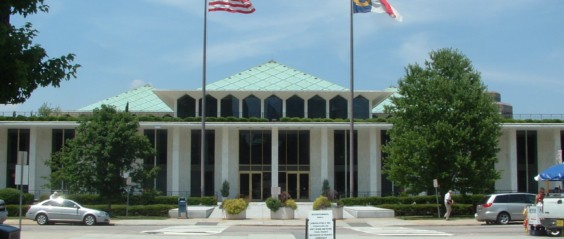Dropping Knowledge
In a seven-page summary on the state U.S. manufacturing, researchers at Ball State University provide an easy-to-read assortment of high level data on U.S. Manufacturing.
“Three factors have contributed to changes in manufacturing employment in recent years: Productivity, trade, and domestic demand. Overwhelmingly, the largest impact is productivity. Almost 88 percent of job losses in manufacturing in recent years can be attributable to productivity growth, and the long-term changes to manufacturing employment are mostly linked to the productivity of American factories.” Automation, efficiency, robotics–however we frame it, displaced workers are the result of manufacturers getting better at making things.
While a good synthesis of data, the policy recommendations are a little ho hum. The authors suggests policy attention in secondary education, corporate tax incentives and a tighter monitoring of exchange rates–all useful things that we are struggling to master.
In the Weeds
The Center for the Study of the Presidency and Congress published a detailed report on the ways to improve procurement in government. It’s a dense read, but here is a skimmable summary.
The report lists eight recommendations, most of which can be summarized by the frame: take procurement more seriously; it subtly affects all of government and politics. Two particularly recommendations stood out:
(1) foster a “Mission Oriented-Culture” by reducing the emphasis on “Lowest Price, Technically Acceptable” procurements and
(2) alter procurement structures to recognize the shift towards a services economy and the continued rise of small businesses.
Why this is important: in many businesses and communities government contracts, for good and services, are core parts of the economic model. Federal procurement reform can have deep local and state impacts.
Need To Know
February 17, 2017 – The Sanford School of Public Policy, Policy Bridge, and the Association for Public Policy Analysis & Management (APPAM) are hosting a forum which will explore how research being conducted in universities is informing policy.
What we're reading
What Everyone Should Know About Their State's Budget
This useful web tool from the Urban Institute and the Arnold Foundation allows users to get under the hood of their government and understand not only how much a state spends but also what drives that spending. ... Read the rest-
How Do You Spend $5 Billion a Year
-
Driverless Cars and the Future of American Infrastructure
-
Operation Discovery: East Carolina Leads DoD Funded Diving Research
-
Encouraging Residential Moves to Opportunity Neighborhoods: An Experiment Testing Incentives Offered to Housing Voucher Recipients
-
Bridging the Divide: How Business Ownership Can Help Close the Racial Wealth Gap
-
A Refocus on Disaster Recovery


